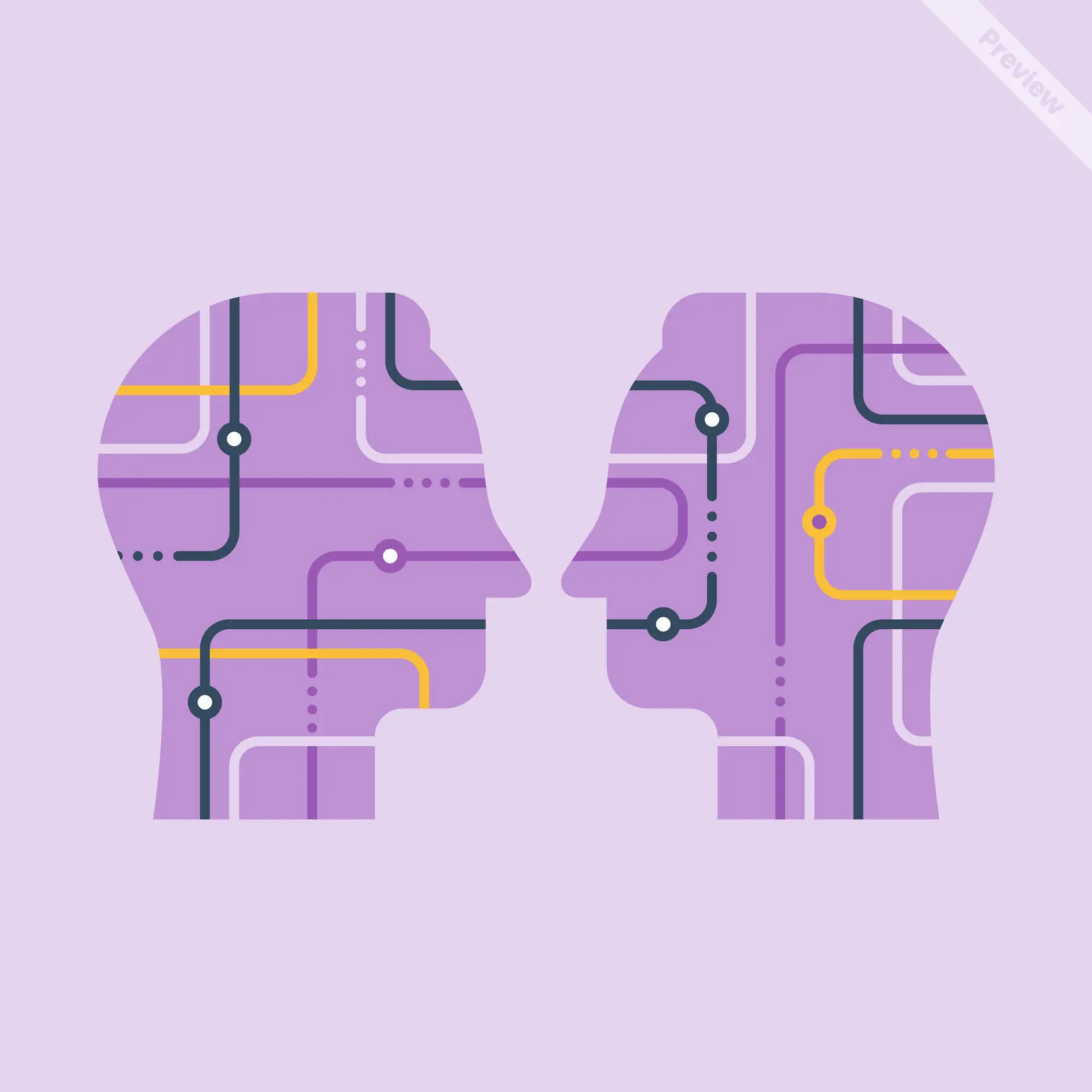Neural networks are a fundamental concept in the field of artificial intelligence (AI) and machine learning. They are a class of algorithms inspired by the structure and functioning of the human brain, designed to recognize patterns and make intelligent decisions. Here are the key aspects of neural networks:
- Basic Structure:
- Neurons: The basic building blocks of neural networks are artificial neurons, which receive inputs, apply weights to these inputs, and produce an output based on an activation function.
- Layers: Neurons are organized into layers – an input layer, one or more hidden layers, and an output layer. The connections between neurons are characterized by weights.
- Feedforward Neural Networks (FNN):
- Forward Propagation: In FNNs, information travels in one direction—from the input layer through the hidden layers to the output layer. Each layer processes the input data and contributes to the final output.
- Activation Functions:
- Sigmoid: Commonly used in the output layer for binary classification problems.
- ReLU (Rectified Linear Unit): Frequently used in hidden layers to introduce non-linearity and improve the model’s ability to learn complex patterns.
- TanH: Similar to the sigmoid function but with a range of -1 to 1, often used in certain types of neural networks.
- Training Neural Networks:
- Backpropagation: The primary algorithm for training neural networks. It involves adjusting the weights of connections based on the error between the predicted output and the actual output.
- Gradient Descent: An optimization algorithm used in conjunction with backpropagation to minimize the error during training.
- Types of Neural Networks:
- Convolutional Neural Networks (CNNs): Specialized for image recognition and processing, with layers that learn hierarchical representations.
- Recurrent Neural Networks (RNNs): Designed to handle sequential data, such as time series or natural language, by incorporating feedback loops.
- Generative Adversarial Networks (GANs): Consist of a generator and a discriminator, working in tandem to generate new data instances.
- Transfer Learning:
- Pre-trained Models: Neural networks can leverage pre-trained models on large datasets to boost performance on specific tasks with limited training data.
- Deep Learning:
- Deep Neural Networks (DNNs): Refers to neural networks with multiple hidden layers. Deep learning has achieved remarkable success in tasks like image and speech recognition.
- Applications:
- Image and Speech Recognition: Neural networks excel in tasks like image classification, object detection, and speech recognition.
- Natural Language Processing (NLP): Used for sentiment analysis, language translation, and text generation.
- Autonomous Vehicles: Neural networks play a crucial role in enabling object detection, path planning, and decision-making for self-driving cars.
- Healthcare: Applied in medical imaging for diagnosis, drug discovery, and personalized medicine.
- Challenges:
- Overfitting: Neural networks may memorize training data instead of learning general patterns..
In summary, neural networks are a foundational concept in machine learning and AI, playing a key role in solving complex problems across various domains. Their ability to learn from data and adapt to patterns makes them a versatile and powerful tool in the field of artificial intelligence.
